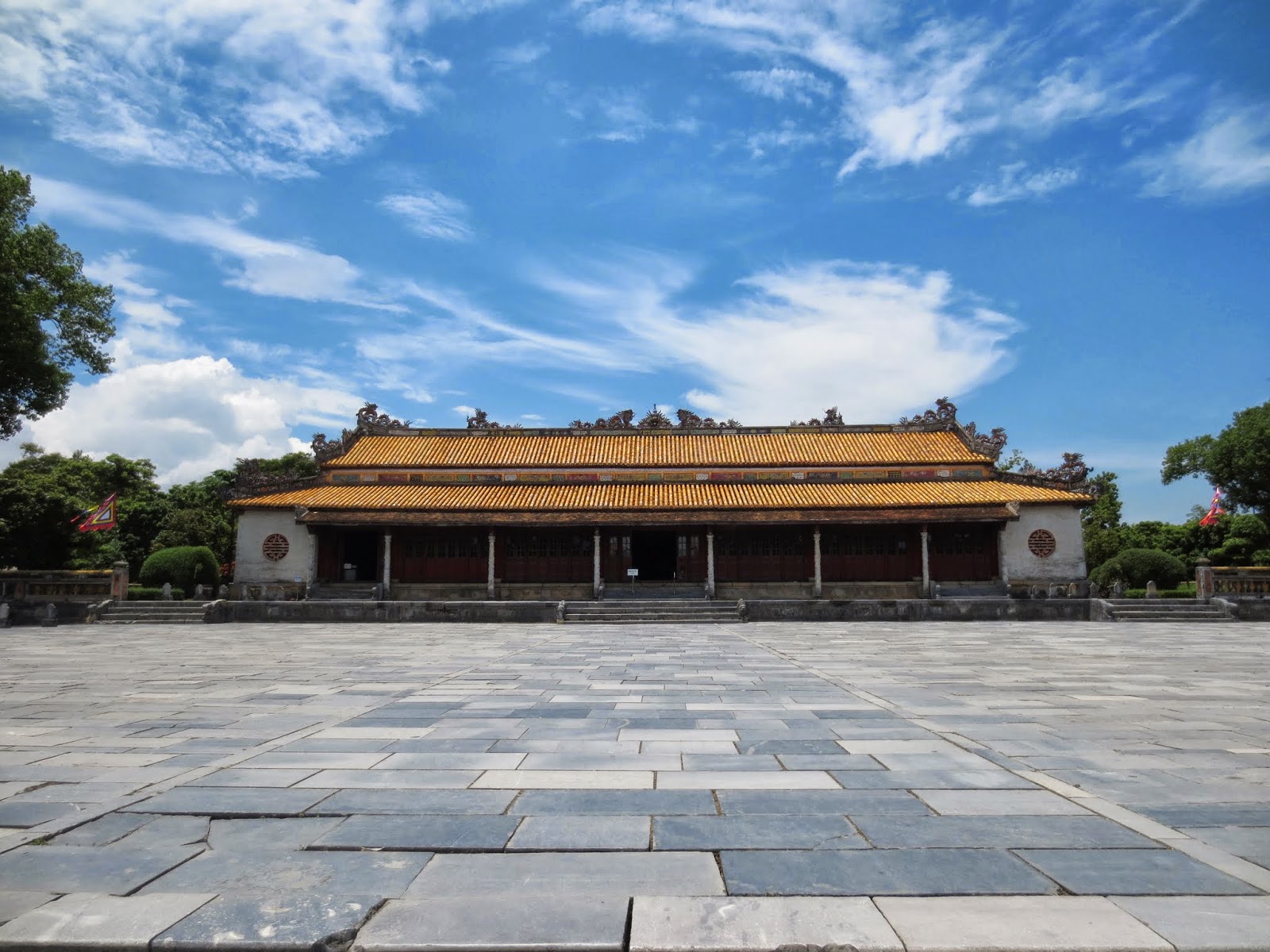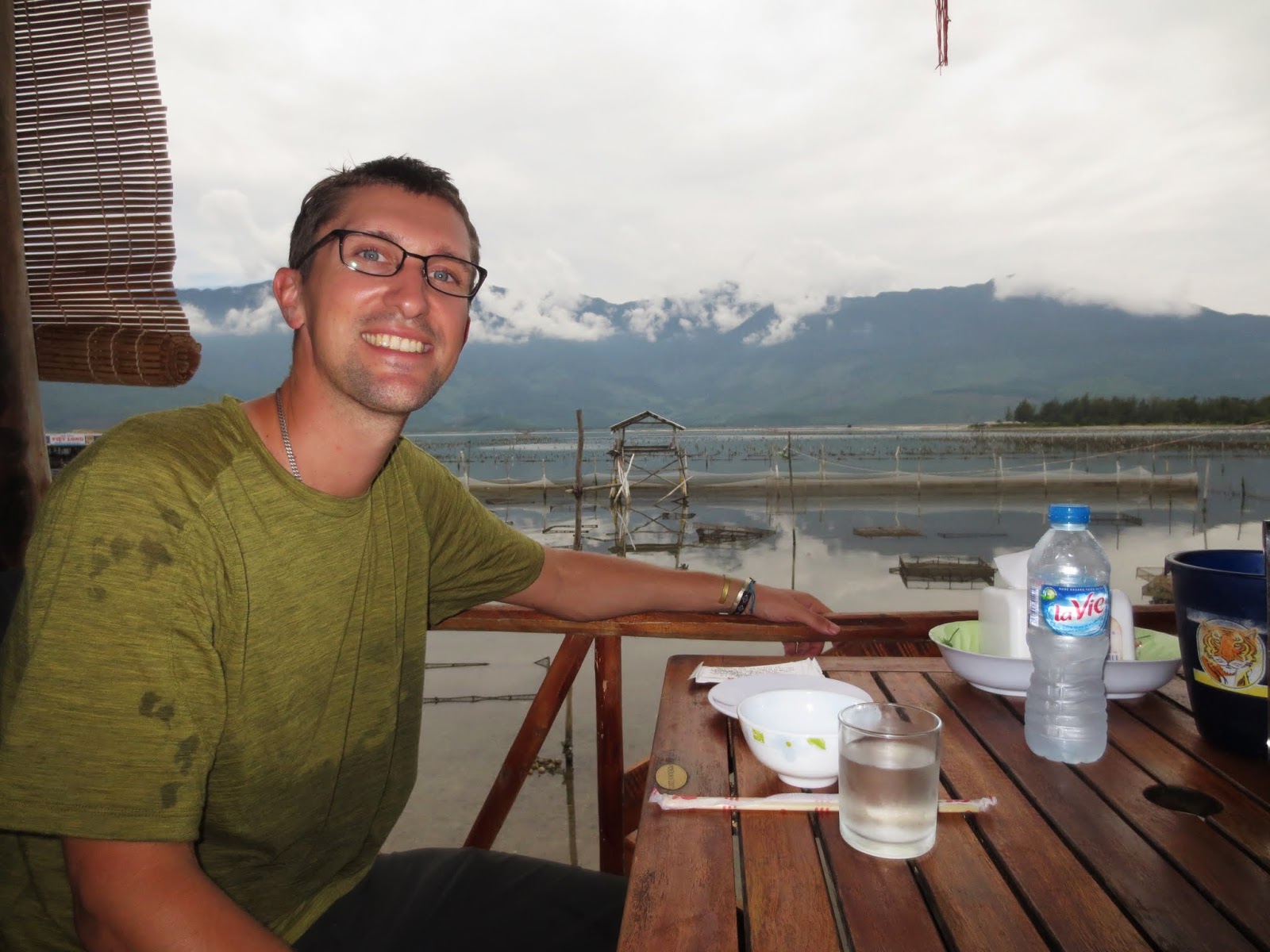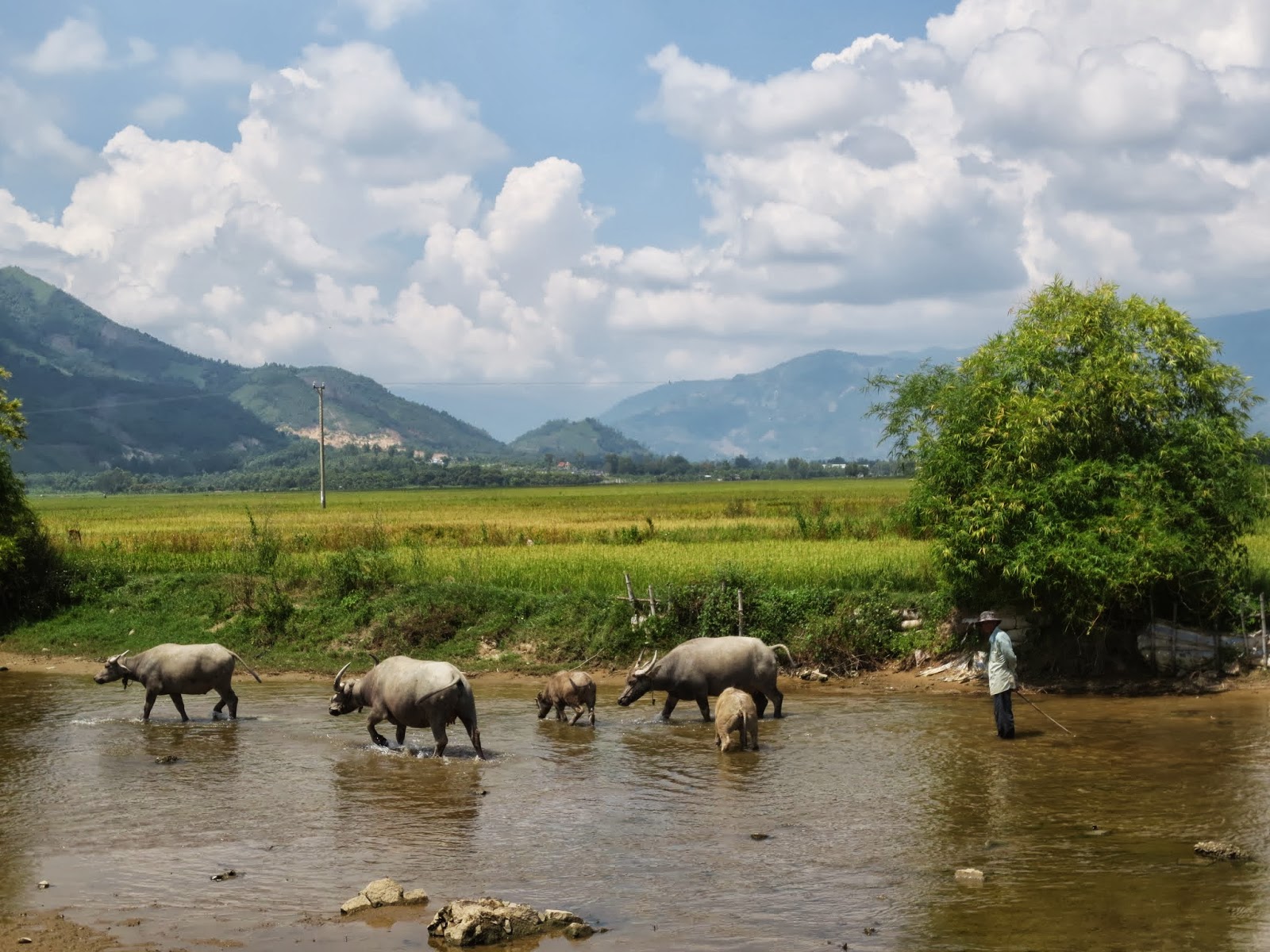- Northerners tend to view themselves as more cultured and refined.
- Northerners are more concerned about status and appearances.
- Southerners are more free with their money while Northerners are more thrifty.
- Northerners are more conservative and afraid of change, while Southerners are more dynamic.
- Southerners are more direct while Northerners are more ceremonious and formal.
I believe people in the developed world (including myself) often don't appreciate enough how damn lucky we were to be born in Germany, USA, or any other developed country. The opportunities we have compared to someone from a poor country are incredible. In Vietnam, most children don't have these opportunities. Their hands are usually needed to support the family, and people can't pursue personal fulfillment in life as many of us do. I have to say that I was particularly lucky. Not only was I born in Germany, a country with one of the best social security systems in the world, but also I won a US Greencard in the lottery with the opportunity to become citizen of the United States as well. Most Vietnamese people don't even get the Visa to travel to Germany or America let alone to live there permanently.
My days are slightly changing. While at the beginning of the trip I was exploring the new environment from morning till night, I started to also include more relax time. After more than two months of traveling, I need a break once in a while to just hang out at the hostel or read a book. It is also the hot tropical climate that takes its toll. I feel more easily exhausted; especially, since I spend most of the time outside walking around (and sweating a lot). Takes time to get used to this temperature and humidity level. In Germany I had four distinct seasons and the SF Bay Area spoils me with mediterranean climate. It is definitely different in South East Asia.
Hue was between 1802 and 1945 the imperial capital of Vietnam (Nguyen dynasty). The Imperial Citadel is Hue's prime attraction and a large complex of temples, pavilions, moats and walls. Because of its size and surprisingly few tourists, I found the citadel a quite peaceful and nice place. Unfortunately many of the buildings and structures were destroyed during the war and are only slowly being rebuilt.

I don't have a motorbike license, but that wouldn't actually matter in Vietnam. If you can pay for something, you will get it. However, I believe this country is not the best place to get started with riding a motorcycle over longer distances, so I hired a driver instead to bring me from Hue to Hoi Han. The distance is about 150 km (93 miles), but it took us almost the entire day due to frequent stops and sight seeing. Mr. Tan, a really nice guy, was the driver and he made the day interesting and entertaining. It's funny, in Vietnam the family name is positioned first and the given name second. Therefore, everyone calls me here Mr. Jan.
Hoi An is a city on the coast of the South China Sea and was one of Vietnam's major trading centers in the 16th and 17th century before the shipping business moved 30 km (20 miles) north to Da Nang. It has a well-preserved ancient town and its architecture is characterized by a blend of Vietnamese, Chinese and Japanese influences. Hoi An is a major tourist destination, so almost every building in the downtown area is either a restaurant or a shop selling clothes, souvenirs or jewelry. These places are pretty much geared to tourists and not Vietnamese people (many prices are even quoted in USD), and it is sometimes hard to distinguish between the quality and the fake product. Nevertheless, it is still a beautiful and atmospheric city that is definitely worth a visit.

In Hoi An, I visited the "Silk Village". It was very interesting to see the entire process of silk production from the silk worm to a beautiful dress. This location just recently opened and is also a little bit outside of the main touristic area. So, it was not crowded at all and I had even my personal tour guide. Very nice.
Nha Trang is a popular beach destination in Vietnam, not only for Vietnamese people, but also international tourists. In particular, Russians flood Nha Trang and many restaurants, shops and hotels have already adapted to this clientele. Signs, menus, and services are provided in Russian as well. I guess it is similar to Mallorca and German tourists (people from America might not be aware of this, but the Spanish island Mallorca in the Mediterranean Sea is sometimes jokingly referred to as an additional German federal state because of the high number of German tourists). While I was in Nha Trang, Vietnam celebrated its national holiday commemorating the Vietnam Declaration of Independence from France on September 2, 1945. On this day everyone puts the Vietnamese national flag outside showing national pride.































































No comments:
Post a Comment